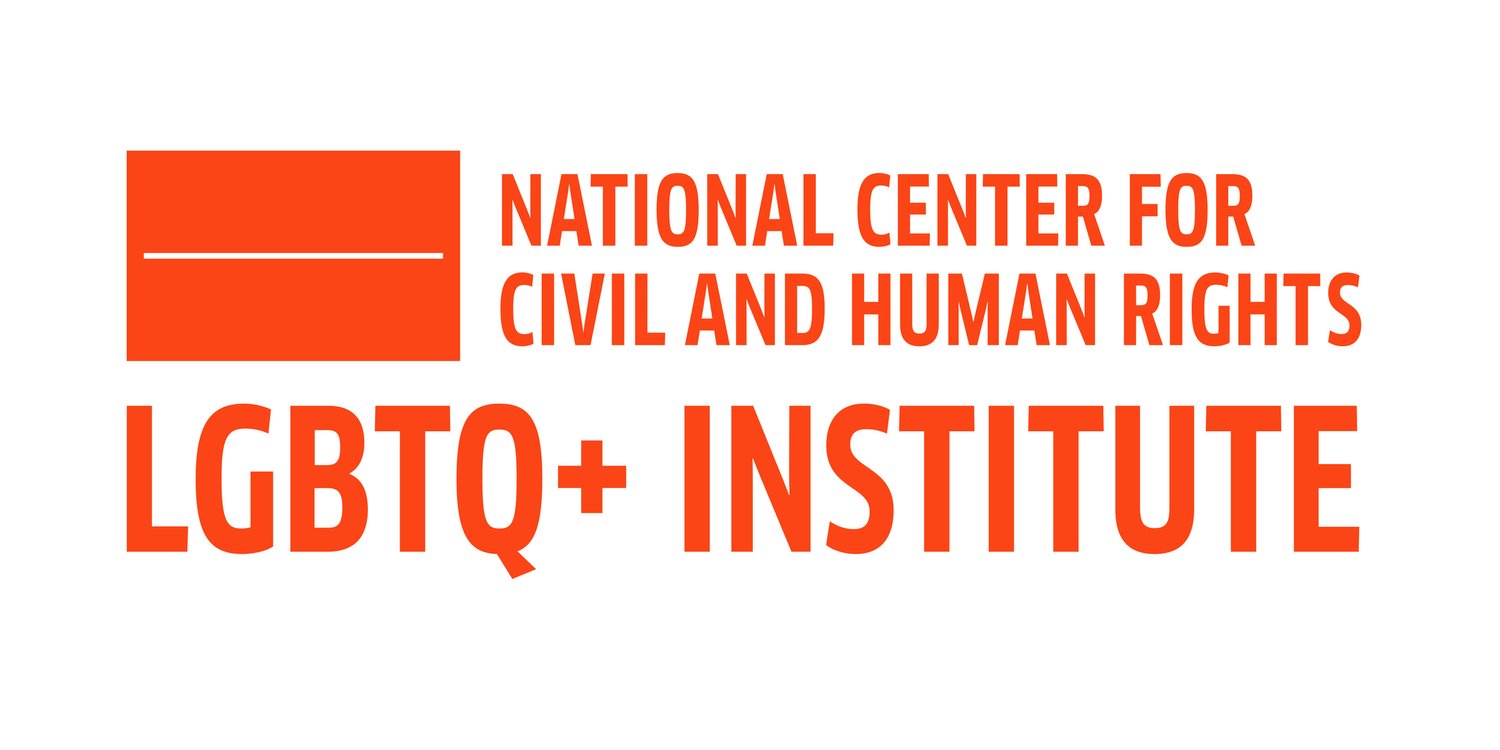Pope Francis during the opening of the Diocesan Pastoral Conference in Rome earlier this month. AFP/Getty Images / ALBERTO PIZZOLI Photo Credit: AFP/Getty Images / ALBERTO PIZZOLI
Something new is happening in the Catholic Church. Its relationship with LGBT people in some parts of the country is changing.
Last month, Cardinal Joseph Tobin, the archbishop of Newark, welcomed a large group of LGBT people to his cathedral. “I am Joseph, your brother,” he said, echoing words from the Old Testament. A Mass was then celebrated for the congregation of LGBT people. Under his predecessor, Archbishop John Meyers, such a Mass would have been close to unthinkable.
A few months earlier, Bishop John Stowe of Lexington, Kentucky, spoke before New Ways Ministry, a group that ministers to and advocates for LGBT Catholics. In 1999, New Ways was subject to a condemnation by the Vatican’s Congregation for the Doctrine of the Faith, and its two founders, the Rev. John Nugent (now deceased) and Sister Jeannine Gramick, were censured. That a sitting bishop would address the group is a sea change.
And earlier this month, a book I’ve written on the need for the church to reach out to LGBT people more compassionately was endorsed by two cardinals — Newark’s Cardinal Tobin and Cardinal Kevin Farrell, who heads the Vatican’s office on the laity, family and life. For good measure, Bishop Robert McElroy of San Diego also endorsed the book.
How has this happened? As I see it, there are two answers.
The first is obvious: Pope Francis. We cannot underestimate the impact of his response to a question about gay priests: “Who am I to judge?” Later, when pressed, he said his comments referred to gay people in general.
During his visit to the United States in 2015, he met with a former student, a gay man named Yayo Grassi, and his partner. The pope’s words and actions betoken a friendlier attitude in the church, even if he has not changed any church teaching. And each of the clergy I have mentioned — Cardinals Tobin and Farrell, Bishops Stowe and McElroy — were appointed by Francis.
The second reason why some in the church are taking a fresh look at its relationship with LGBT Catholics is happening in the grass roots.
A few months ago, I gave a lecture at Yale University’s Catholic Center. An elderly woman approached, “Father, I have something to tell you,” she said. “My grandchild is transgender, and I love her so much, and want her to feel at home in the church. Thank you for writing your book.”
It was a reminder that, even in the past decade, more Catholics feel comfortable coming out. Last year, the son of a Catholic father I know came out at age 16. A few years ago, the grandmother I met at Yale might not have even met a transgender person. Now this person is someone she loves. Increasingly, this is the face of the Catholic Church in many parts of our country.
Catholics are realizing, in greater numbers, that LGBT people have been excluded like no other group in their church. This is becoming clearer because more people are hearing their voices, and because Pope Francis has allowed Catholics to speak about these issues more openly.
This thaw is not happening everywhere. In many U.S. parishes, LGBT people still feel excluded; in some parts of the world, they are treated with contempt. And some people feel the pope has not done enough by way of change, pointing, for example, to the section in the Catechism that labels homosexuality as “objectively disordered.”
However, these steps are a good start and the work of the Holy Spirit. As such, these changes not only shouldn’t be stopped. They cannot be stopped.
The Rev.James Martin is a Jesuit priest and author of “Building a Bridge: How the Catholic Church and the LGBT Community Can Enter into a Relationship of Respect, Compassion and Sensitivity.”

